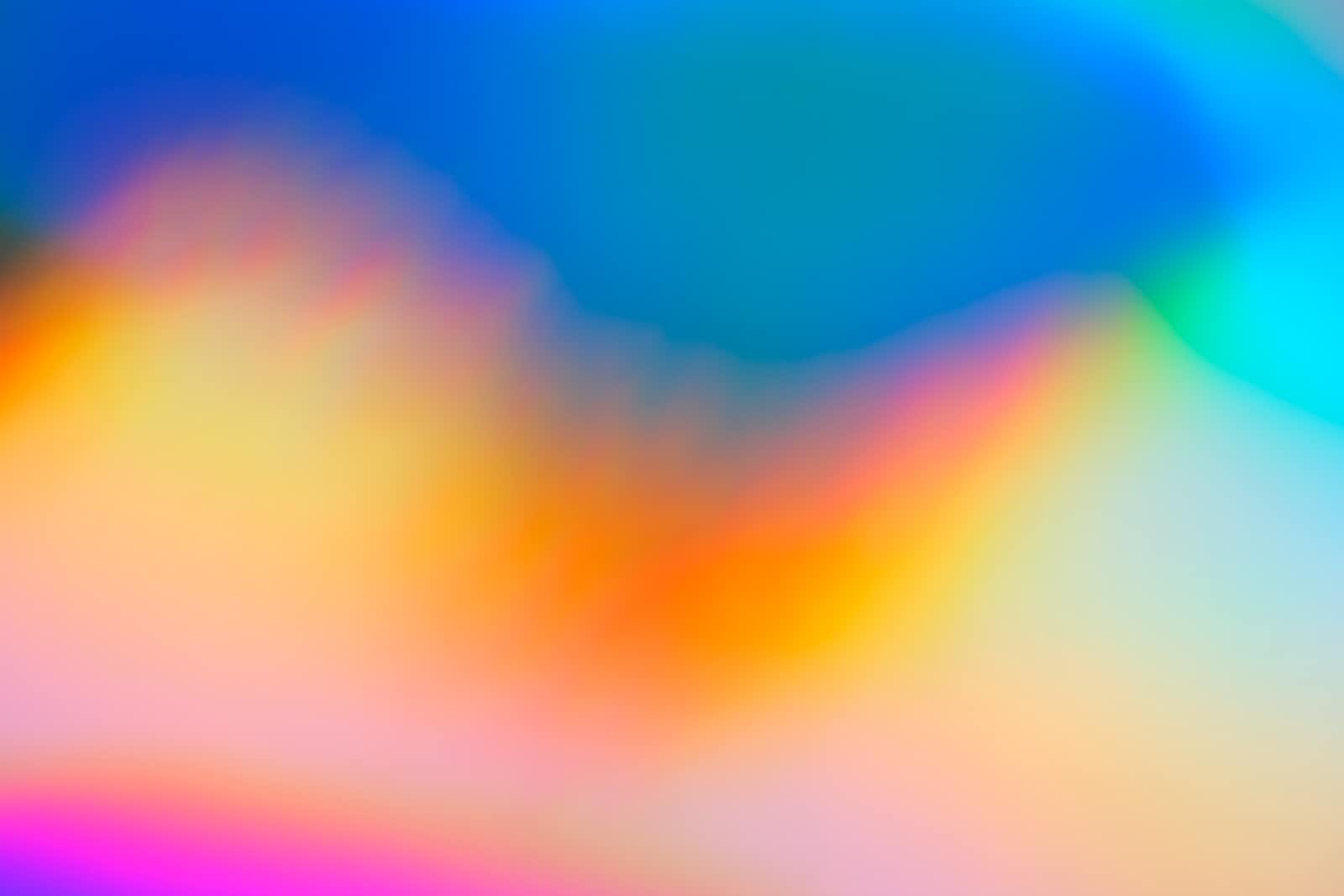Color Psychology in Web Design
 Sanjana Giridhar
Sanjana Giridhar
With every scroll in the vast sea of the internet, each color encountered by the human mind can leave a lasting impression just based on visual perception.
In the world of web design, the use of colors goes far beyond mere aesthetics; it is about creating a user-friendly experience that enables the user to interact with the website by guiding them on where to press, where to look, and how to interpret a certain feature of the website. This interpretation is characterized by evoking some sort of emotion in users which helps them form opinions. If the opinion formed on the digital platform gets a positive review by the user, the brand value of the website increases. As previously mentioned, all of these connections ultimately come down to a single, straightforward concept.
One thing to consider is that the color wheel encompasses an infinite array of colors, each defined by varying levels of RGB (red, blue, green) components. However, when deciding which color to use for a website, it's crucial to take into account that different colors convey distinct meanings and interpretations.
Let's take the color blue. In conventional Western society, blue symbolizes peace and tranquillity. Blue makes users feel calm and hence increases their trust to use the website. This is exemplified by the use of blue in the cart and checkout sections of popular websites like Smyths Delivery Service, so the user feels at ease while proceeding with placing the order on the product he/she chooses.

Contrastingly, the color red is conventionally known to symbolize danger and boldness. In terms of web design, this can be translated into drilling a sense of urgency in the user to make a decision, be it in purchasing an order or using a certain feature. Many popular websites like Amazon put bright red banners below their products stating various offers and benefits, to grab the user's attention. In many cases, the user unknowingly purchases a product due to these flashy red banners.

The color green gives a different vibe than the above-mentioned colors. It represents growth, nature, safety, and money. Thus the presence of the green secure lock located next to your domain in the search bar is clarified.
It is also used by travel and tourism industries to show their connection with nature. A calming and positive emotion is induced in users as they usually look at tourism websites during their free time, after a stressful time at work.

When users come across this image, they feel a sense of peace and tranquility.
The color yellow symbolizes feelings of joy and delight, often associated with the brightness of sunshine. One must be careful in order not to overuse this color as it can be overwhelming and counterproductive.
McDonald's made their webpage predominantly yellow to put forth the fact that eating food is a delightful experience and their meals are filled with interesting combinations. Their main dish is french fries which are also yellow and this is reflected in their main website

In the above image, too much yellow would be jarring on the user, so it is substituted with brown to neutralize the effect of yellow.
Web designers must tailor the usage of colors based on the demographics, age groups, and cultural backgrounds of their target audience. For example, if you have an upcoming sale, it would be a wise idea to use red, which would capture the user's attention.
However, if you own a juice brand, the smart choice would be to use orange as it represents energy, which is provided by juice.
Web designers should exercise extra caution when combining colors that contrast sharply, such as red and pink, as it can negatively impact the readability of webpage elements. If users are exposed to contrasting colors for long periods, it can cause them color blindness and other eye-related problems.
Indeed, understanding color psychology is pivotal for branding and marketing. Employing colors strategically can significantly influence customer perceptions and behaviors. By selecting their brand color thoughtfully, individuals can enhance the popularity of their products or services and establish a strong brand reputation in the market which leaves a lasting impression on customers.
In conclusion, colors are not merely visual elements in design; they are agents of brand identity, conveying a message, and eliciting emotional responses. When used thoughtfully, brand colors become an integral part of a brand's storytelling, making it instantly recognizable and ingrained in the minds of customers. So, when you see those familiar colors, it's not random—it's a statement reiterating the power of effective branding and the psychology of color.
List of references:
Subscribe to my newsletter
Read articles from Sanjana Giridhar directly inside your inbox. Subscribe to the newsletter, and don't miss out.
Written by
